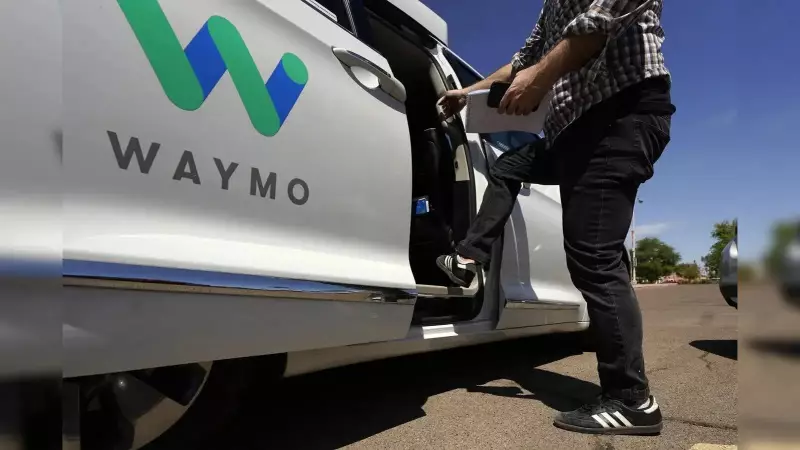
In a significant development for the autonomous vehicle industry, Waymo, the self-driving car company under Google's parent Alphabet, is now facing intense scrutiny from US safety regulators. The National Highway Traffic Safety Administration (NHTSA) has launched a formal investigation into Waymo's robotaxis following numerous reports of dangerous driving behavior.
What Triggered the Federal Probe?
The investigation comes after the agency identified at least 22 incidents involving Waymo's autonomous vehicles. These include:
- Multiple collisions with stationary objects like gates and chains
- Vehicles disobeying traffic safety controls
- Instances of unexpected driving behavior in public roads
- Several close calls that nearly resulted in accidents
"Some incidents occurred in proximity to other road users including pedestrians," the NHTSA stated in their official filing, highlighting the potential safety risks involved.
Timing Raises Industry Eyebrows
This investigation arrives at a particularly sensitive moment for the autonomous vehicle sector. Just weeks earlier, Tesla CEO Elon Musk made headlines with his announcement of upcoming Tesla robotaxis scheduled for an August unveiling. The simultaneous developments have put the entire self-driving industry under the microscope.
The NHTSA's Office of Defects Investigation has specifically targeted Waymo's fifth-generation automated driving system, which powers the company's current fleet of robotaxis operating in several US cities.
Pattern of Concerning Behavior
Federal investigators have identified a troubling pattern in Waymo's autonomous vehicle operations. The incidents under review suggest systematic issues rather than isolated technical glitches. Among the most concerning aspects:
- Vehicles exhibiting confusion in routine driving scenarios
- Inconsistent response to common traffic situations
- Apparent difficulties in navigating simple obstacles
- Multiple instances of traffic law violations
These findings raise important questions about the readiness of fully autonomous vehicles for widespread public use.
What This Means for the Future of Robotaxis
The investigation represents a critical test for the entire autonomous vehicle industry. As companies race to deploy self-driving technology, regulatory oversight is catching up with technological ambition. The outcome could significantly influence:
- Public perception of autonomous vehicle safety
- Regulatory frameworks for self-driving cars
- Investment in robotaxi development
- Timeline for widespread autonomous vehicle adoption
Waymo now faces the challenge of addressing these safety concerns while maintaining its position as an industry leader. The company must demonstrate that its technology can reliably navigate complex real-world driving scenarios without endangering public safety.
As the investigation progresses, all eyes will be on how Waymo responds and what measures regulators might impose to ensure the safe development of this transformative technology.





